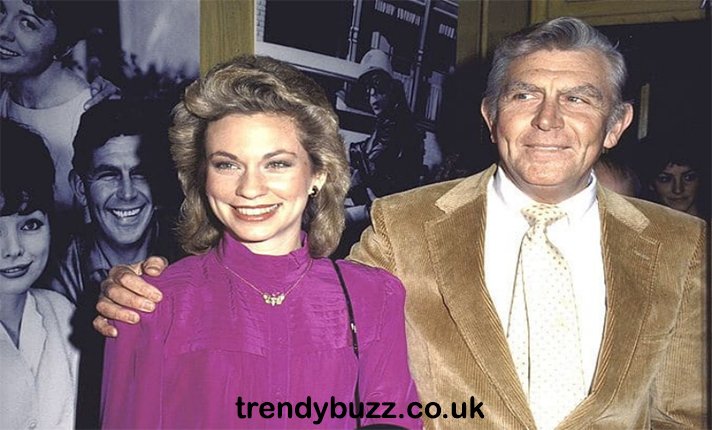A simple headline to start
Solica Casuto is a name most people encounter in the margins of Andy Griffith’s biography — and for good reason. Her public footprint is small, but her story is more than “the wife of.” This article sketches what’s verifiable about her life and career, explains why records about her are scattered, and suggests where to look if you want to learn more.
Early life and acting background
Available sources identify Solica (sometimes spelled Cassuto) as Greek by birth and by early career. She worked as an actress in Greece before becoming more widely noticed in the United States through her marriage to Griffith. Beyond that basic outline, details about her childhood, formal training, and early credits are thin in English-language archives. Much of what appears online repeats the same short biographies rather than pointing to primary documents.
How she came into wider view
Solica’s public profile rose when she became Andy Griffith’s second wife. Multiple reputable summaries of Griffith’s life list Solica as his spouse during the 1970s and early 1980s — a fact that anchors most modern accounts of her. Their marriage is consistently reported as lasting roughly eight years. Beyond the marriage dates, however, press coverage at the time tended to focus on Griffith himself; Solica maintained a comparatively low-key presence in media reports.
Career, or deliberate privacy?
Many recent write-ups describe Casuto as an actress and occasionally a television producer whose work was primarily in Greek-language productions. Because most of that work predated the internet and often remained documented in local or print archives, it hasn’t been widely indexed in the major English-language entertainment databases. At the same time, Solica appears to have preferred privacy after the end of her marriage — another reason the public record is limited.
Family and public records
Despite her marriage to a public figure, Solica did not become a fixture of celebrity press cycles, and there’s no evidence she and Griffith had children together. When researchers look for corroboration about appearances or dates, photo captions, local newspaper archives, and official records (marriage filings, program credits) are often the most reliable sources. One useful confirmed anchor: listings of Griffith’s marriages in major biographical summaries that name Solica as his second wife.
Why the facts are scattered online
There are three practical reasons the story seems muddled:
- Language and archive boundaries. Work done primarily in Greek TV and theater rarely shows up in U.S. databases.
- Name variants. Transliteration produces variants like Casuto and Cassuto, so mentions split across search results.
- Limited self-publicity. Solica appears to have avoided long premieres, memoirs, or extended interviews that would generate primary-source material.
Those factors combine to create the kind of “short biography” syndrome you see for many performers who worked internationally before digitization.
How journalists and fans have treated her story
When journalists write about Andy Griffith, Solica tends to appear as a short chapter rather than the subject. For fans curious about the full arc of her life, that’s frustrating — but it’s also a cue: if you want to build a more complete picture, look for contemporaneous sources (newspaper files, TV program credits, photo agencies) rather than modern summaries that repeat one another. Several recent pieces have tried to fill gaps, but many of those rely on the same few inputs.
Where to look next (practical research tips)
If you want to dig deeper, here are practical, efficient steps:
- Search both spellings (Casuto and Cassuto) across newspaper databases and library catalogues.
- Check Greek television and theater program archives — national libraries or performing-arts collections in Greece may have cast lists and playbills.
- Use photo archives and agency captions; dated pictures with captions can confirm events and places quickly.
- Look for print interviews or local papers from cities where Griffith lived or worked in the 1970s and early 1980s.
- Cross-check claims: when two independent primary sources (e.g., a magazine profile and a program credit) agree, that’s strong evidence.
A balanced takeaway
Solica Casuto’s public life is a reminder that many working artists — especially those whose careers cross national and linguistic borders — leave uneven traces in global databases. Her story, as visible now, is defined partly by her own choices about privacy and partly by archival gaps that predate the internet. That doesn’t make her unimportant; it makes her typical of many professionals in the performing arts whose legacies are best recovered through patient primary-source work.
